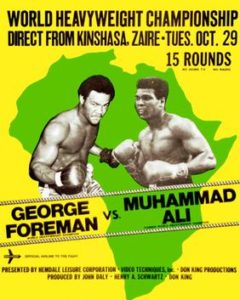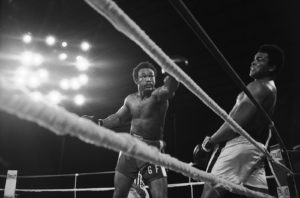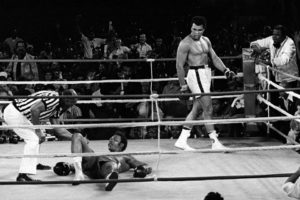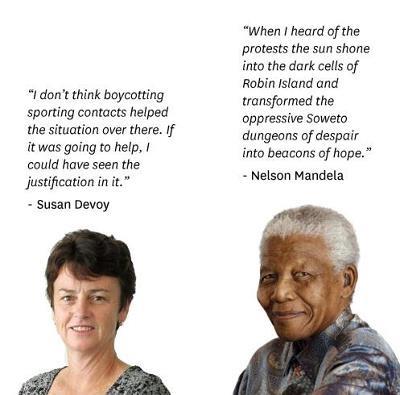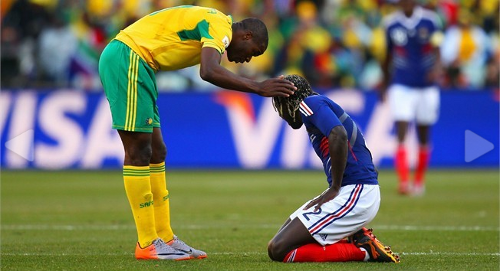Over the next few weeks New Zealand will host two major international sporting events involving hundreds of athletes and spectators gathered together in iconic settings. The gun goes off on Ironman NZ this upcoming weekend in Taupo, and then a week later the World Surf League (WSL) hosts the inaugural Piha Pro surfing competition in the namesake West Auckland seaside town. Ironman NZ will have 1500 competitors at the starting line, and the Piha Pro is said to attract, along with a highly competitive international field of surfers, up to 25,000 spectators during finals weekend (the competition runs for one week). The events are considered to be economic boons for the local communities as well as excellent ways of popularising the Kiwi “brand” around the world.
As a former surf lifeguard who lives near Piha and who spent nearly twenty years doing triathlons (including Ironman NZ), I can attest to the fact that events such as these are very important to those who engage in such sports. I have seen the energy generated by mass competition events and well understand why people are enthusiastic about supporting them. But this year there is something else added into the equation, one that has forced me to put on my day job hat as a someone involved in the risk management business: coronavirus.
Both Ironman NZ and the Piha Pro will bring athletes from all over the world, including countries with coronavirus outbreaks. They will by flying in on what are essentially long metal cigar tubes with recycled air, often on flights of 8 hours or more. Many of these athletes will bring family, friends and other support crews. Likewise, the organisers of these events–both Ironman and the WSL are international firms headquartered abroad,–basically act as a traveling circus, bringing in equipment, machines and staff and hiring local providers to do the same as part of the set-up process. All of these people mingle in close quarters in the days leading up to, through and after the event, and when not at the venues themselves populate the restaurants, bars, hotels, motels and rental accommodations near them.
What makes this issue a bit trickey is that the virus is not only spread by human-to-human contact but via contact with contaminated surfaces, be they plastic, metal, glass or wood. The incubation period is two days to two weeks in humans, but the surface contamination longevity is thought to be much longer. Infrared disinfection is considered the best way of treating contaminated surfaces but that requires resources and knowing which surfaces to treat.
Interestingly, the fitter one is nearing a long-distance triathlon, the more an individual’s immune system becomes depressed. This has to do with rigours imposed on the body by long-distance swimming, cycling and running for months at a time before the race, which is why a so-called “taper” is used whereby athletes gradually back off on training starting two weeks before race day. Surfers do not have quite the same problem, but for many in the WSL time is spent as much traveling as on the water, which also wears on the body.
And now they all get on those flying Petri dishes and head to Auckland.
Out of curiosity I have looked into the specific coronavirus contingency planning around these events. The bottom line is this: there appears to be none. It seems that neither the organisers or the district councils involved have drawn up plans for what happens in the event that someone involved in the competitions comes down sick with the virus. General guidance is provided by the Ministry of Health, to which councils can refer. Auckland Council offered this:
“At this stage Auckland Council is monitoring advice from the Ministry of Health and Auckland Regional Public Health. There is guidance for event organisers and attendees on their website below: https://www.health.govt.nz/our-work/diseases-and-conditions/covid-19-novel-coronavirus/covid-19-novel-coronavirus-information-specific-audiences/covid-19-advice-public-events-and-mass-gatherings. We’re aware that some community-led events are being cancelled by their organisers – they have their own reasons for making that decision and is entirely up to them. The current advice we’re relaying is for Aucklanders to take care of themselves and their families and follow health experts’ advice. Organisers and attendees should keep an eye on the health authorities’ websites for any new/changed information.”
That is the general advice given throughout the country. I was unable to find anything by the Ironman Corporation or WSL on coronavirus contingency planning for the New Zealand events, even though some Ironman-branded races have been cancelled or postponed in Asia because of the pandemic. The WSL has been silent on the subject in general even though there have been questions in the surfing community about whether the Olympics to be held in Japan at the end of July will go on if the pandemic deepens in Japan and/or spreads further (with surfing making its debut as an Olympic sport). Ironman New Zealand makes no mention of the disease in media announcements or on its website.
I assume that the insurance underwriters for these events have taken stock of the odds and given the green light for them to go ahead. That is certainly good news for everyone involved. But I also fear that the unique circumstances particular to these competitions might be inviting trouble, and that if it is left to participants, spectators, organisers and local communities to sort things out as per the general guidelines should the coronavirus arrive in their midst, then a public health emergency might occur.
Then again, having just become a naturalised Kiwi, rather than contingency planning and preparation for the possibility of trouble, I can always fall back on the belief that at the end of the day, “she’ll be right.”

